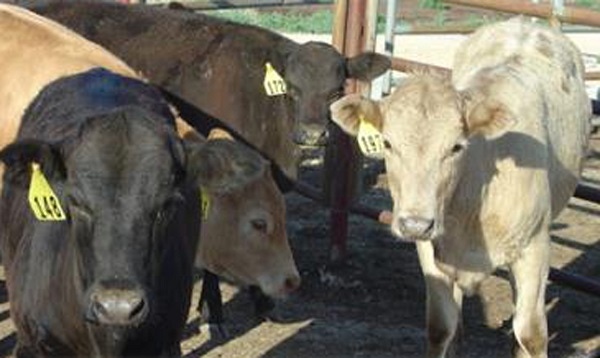January 8, 2015

Record cattle and beef prices will continue in 2015 following sharply higher prices in 2014. Tight cattle and beef supplies will maintain high prices and may result in new record prices seasonally. In general, 2015 cattle and beef prices are not expected to increase as much through the year as in 2014 but will likely average higher for the year.
Herd expansion started in 2014 and is expected to continue in 2015 with the rate of rebuilding dependent on regional drought conditions. Increased heifer retention will further tighten feeder supplies. Beef production will decrease further in 2015 after dropping sharply in 2014. As in 2014, decreased cattle slaughter in 2015 will be partially offset by higher carcass weights, limiting declines in beef production.
For the latest on southwest agriculture, please check out Southwest Farm Press Daily and receive the latest news right to your inbox.
Beef demand was unexpectedly strong in 2014, a pleasant surprise for the cattle and beef industry. Retail beef prices increased through the year, up 20 percent year over last year in late 2014. Beef demand remains a key question in 2015 with retail prices pressured even higher by reduced supplies but perhaps tempered by larger supplies of pork and poultry.
Feedlots enjoyed unexpectedly strong profitability in 2014, the result of rapidly rising fed cattle prices and falling feed costs. However, feedlots, as well as packers, continue to struggle with limited cattle supplies. Record high feeder cattle prices in 2014 will push feedlot break-evens higher into 2015 with feedlot profitability dependent on continued fed cattle price increases beyond late 2014’s record levels. Packers experienced variable margins in 2014, especially late in the year when wholesale boxed beef values failed to keep pace with fed cattle prices. Packers’ challenges will continue in 2015 with low cattle inventories, margins dependent on beef demand, and their ability to push higher wholesale prices through the system.
High beef prices
Record high beef and cattle prices, predictably, moderated beef exports and increased imports in 2014. International demand for U.S. beef remains strong and only modest decreases in exports are anticipated in 2015. Sharply higher beef imports in 2014 were led by a surge of beef from drought stricken Australia, which may slow in 2015 if drought conditions ease. Total beef imports are expected to increase, supplementing domestic beef supplies in response to record prices. Cattle imports from Mexico and Canada increased in 2014 in response to high prices but may moderate in 2015 as North American cattle numbers remain tight, especially in Mexico.
Future growth in cattle and beef supplies depends on cow-calf producer decisions. Dramatically higher calf prices in 2014 pushed average cow-calf returns to record levels and provided strong market incentives for herd expansion. Higher feed prices later in 2015 is a risk for lower calf and feeder prices. However, the pace of herd rebuilding will depend on many factors including persistent drought and recovery; financial considerations, especially female investment costs; and producer age. Cow-calf producers are expected to enjoy very strong profitability again in 2015.
You May Also Like




